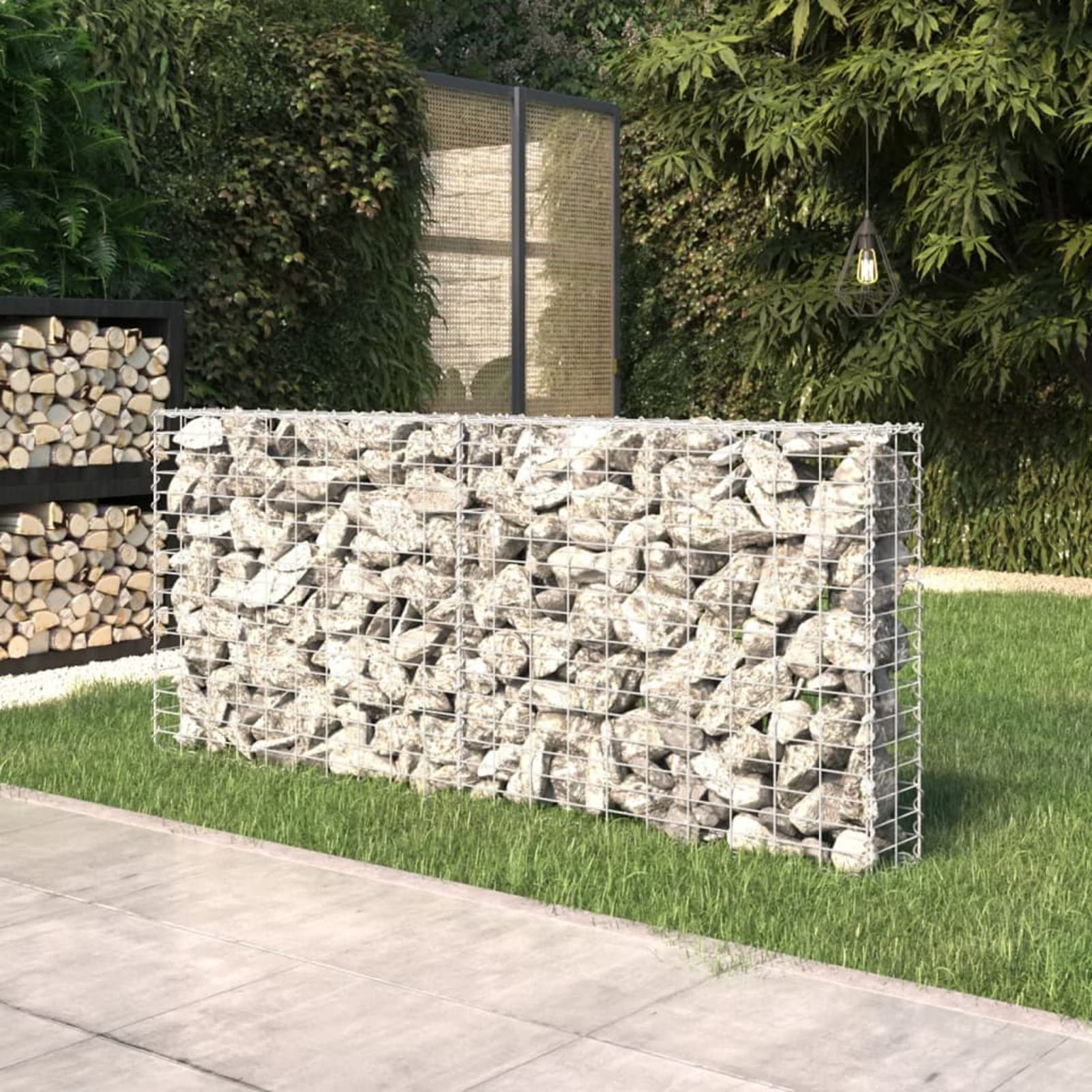
Tribal Tapestry: Indigenous Fence Patterns
In a period labeled by raising ecological recognition and problems about safety, the function of fences (ploty) techniques has undergone a outstanding alteration. Standard perceptions of fences solely as barriers for safety or demarcation are increasingly being substituted by a more nuanced comprehension of their possible ways to strengthen enviromentally friendly dependability when addressing human being requires for basic safety and safety.
One of the essential innovations in fencing solutions may be the incorporation of eco friendly materials and design and style principles. As an alternative to depending solely on typical components like steel or concrete, modern fences combine green alternate options such as re-cycled plastic materials, bamboo, or sustainably sourced wood. These resources not merely lessen the co2 footprint of fencing setups and also minimize environment interference and resource depletion connected with classic manufacturing procedures.
In addition, breakthroughs in fencing technologies have generated the growth of impressive styles that prioritize ecological functionality alongside safety. As an illustration, wild animals-helpful fencing functions specialised designs for example sleek tops, round sides, or counteract cables, which reduce the chance of trouble for wildlife when still keeping effective containment. Likewise, permeable fencing styles enable the passing of little mammals or reptiles when deterring bigger creatures or unauthorised intruders, as a result endorsing connectivity and biodiversity preservation.
Furthermore, the idea of natural fencing has gained traction as a all-natural approach to protection and sustainability. Natural fences combine plants parts like living surfaces, top to bottom landscapes, or going up the plants and flowers, blurring the fishing line between structure and ecosystem. These residing limitations not merely provide aesthetic rewards and environment enhancement but in addition play a role in air flow filtration, noises decrease, and metropolitan heating tropical island mitigation, therefore cultivating much healthier and more tough residential areas.
In summary, the development of fencing systems mirrors a paradigm shift towards an even more well-balanced method of protection and sustainability. By embracing environmentally friendly components, progressive models, and eco-friendly facilities concepts, fences can simultaneously boost stability procedures when advertising environmental dependability and human being well-simply being. As we understand the difficulties from the 21st century, including these concepts into fencing procedures will be required for developing resilient and beneficial situations.



